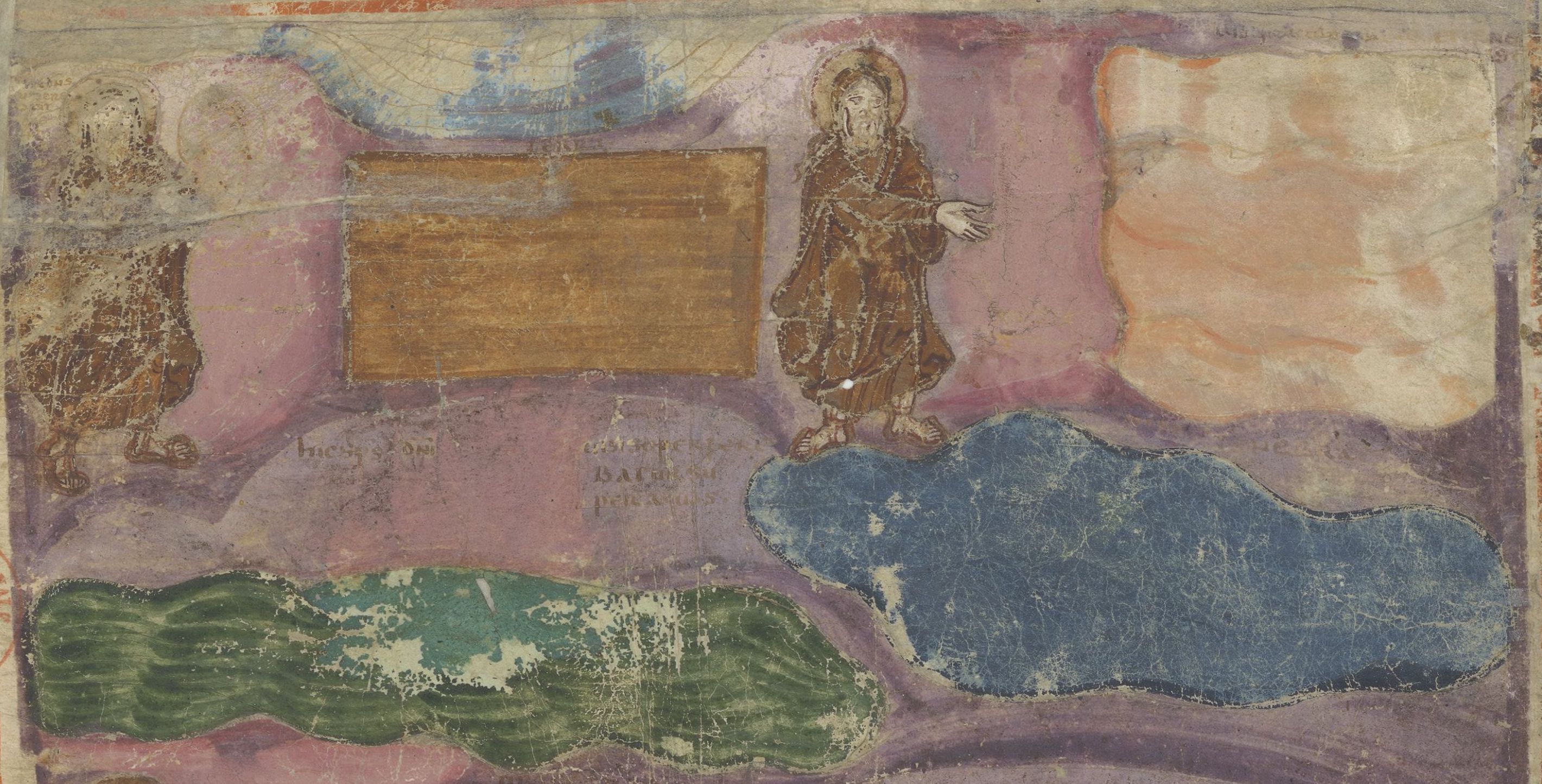The Painted Logos: Abstraction as Exegesis in the Ashburnham Pentateuch

Four patches of pink paint obscure images of God in the creation miniature of the seventh-century Ashburnham Pentateuch (Paris, Bibl. nat. nouv. acq. lat. 2334). These painterly interventions, wrought upon the figures of both God the Father and God the Son, have been interpreted as iconoclastic adoptionist additions. By contextualizing this act of would-be iconoclasm within the larger framework of Carolingian adoptionist and anti-adoptionist theology, this essay focuses on the figure of God the Son in particular, arguing that reduction of Christ to a daub of pink paint transforms him from a visible figure to an abstract, painted Logos. Borrowing both from the language of Alcuin of York (d. 804) and twentieth-century abstractexpressionist painter Barnett Newman, I propose that these patches equate God the Son with the painterly matter of creation, pointing not to an act of iconoclasm but to a careful anti-adoptionist message expressed in abstract painting.